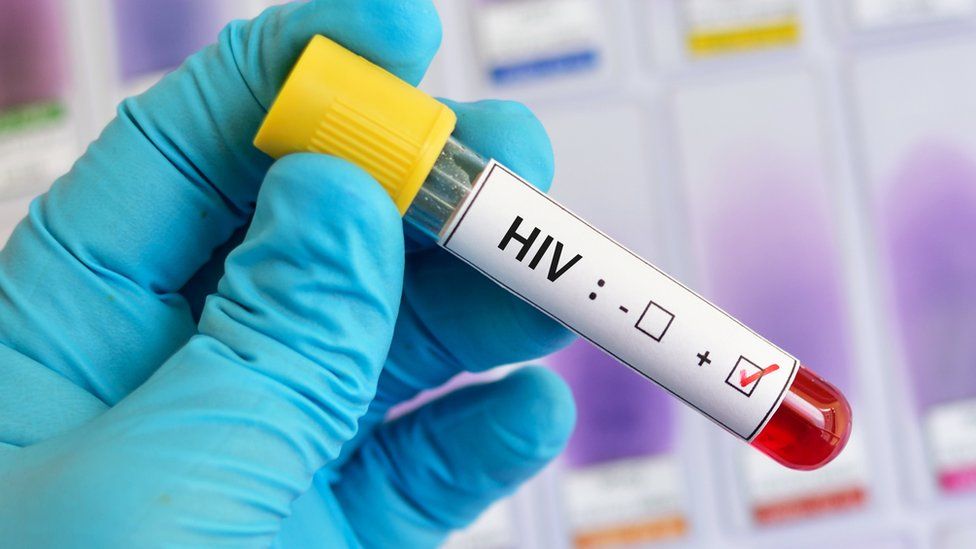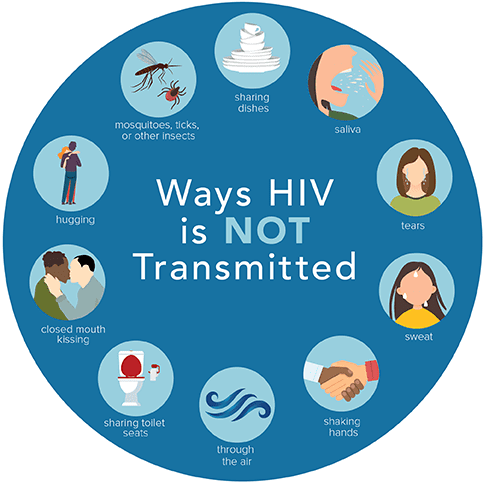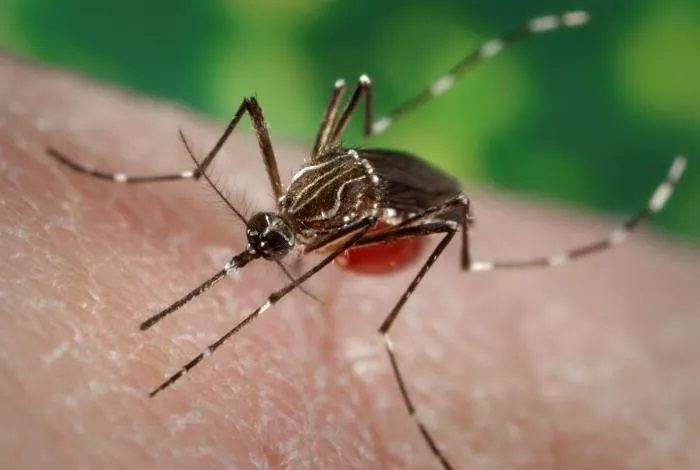Top 10 lies spread about HIV/AIDS

HIV is short for Human Immunodeficiency Virus. This means the virus makes the human immune system deficient in immunity, that is, its ability to protect itself against diseases and disease-causing organisms. In brief, the HIV virus attacks the body’s immune system.
Difference between HIV and AIDS
It is HIV that aggravates and gravitates towards AIDS. AIDS is short for Acquired Immonudeficiency Syndrome. When one suffers from HIV for a number of years without treatment, the person eventually acquires an immune deficiency characteristic. This is what is so called the Acquired Immunodeficiency Syndrome.
Factalive has gathered the top 10 lies which are normally spread about the HIV virus and AIDS.
#10: HIV can spread through touch, tears, sweat, saliva, tears, hug or urine.

Although HIV can be detected in saliva, it cannot transmit through the fluid. The presence of a combination of naturally occurring special antibodies and enzymes in saliva make it impossible for HIV to infect new cells hence transmitting through the fluid. There are wide spread rumors that if someone spits on your food or anything you take into your body, you will end up contracting the virus. This is a lie. Saliva prevent HIV infecting new cells. Similarly, HIV transmission is impossible through sweat or urine.
#9: HIV is spread by mosquitoes

A female Aedes aegypti mosquito
People have believed funny things like “HIV is spread by mosquitoes”. Indeed if this were true, then more than 90% of populations in developing countries especially Africa, would be suffering from HIV. Mosquito is rampant in developing countries and most African countries. The reason people hold this funny belief is the fact that HIV is spread through blood and mosquitoes bite and suck blood of its victims while damping the plasmodium parasite in the process. So what if it ends up infecting the human system with HIV?
Several scientific studies have affirmed that contracting HIV through mosquito bite is a sham and not possible.
The reason is simple. HIV lives for a very short period of time in mosquitoes. This is probably because the virus doesn’t get the same materials it obtains in a human host to replicate. And besides, when bugs bite, they don’t inject the blood of their victim with the virus.
#8: HIV is transmitted through oral sex

Deep kissing does not cause HIV transfer
There have been concerns raised about the possbility of HIV transmitting through kissing. HIV is immobilized by combination of special antibodies and enzymes such that it cannot be transmitted through saliva. Notwithstanding, we have to say this with a litttle bit of caution. This is because there lurks a risk of the virus being transmitted during deep kissing when certain conditions exist. There is a possiblility for the virus to pass from one person to the other if the infected person has a cut in his/her mouth and during the kissing, the infected person’s blood comes in contact with the partner. There is only one documented case of HIV transferred through such a channel.
#7: HIV positive people on ART drugs cannot spread the virus

Bottles of antiretroviral drug Truvada
The anti-retroviral drugs (ART) taken by HIV patients only lower the amount of the virus or virus load to an undetectable low. That is, it lowers the virus load to a level that cannot be detected in blood tests. Scientific studies have shown that if the virus load is at an undetectable low, one cannot spread the virus. But in the event one misses his/her doses, it is possible to transmit the virus. It is also extremely advisable to still practice safe sex even if virus is undetectable to protect oneself from contracting other mutations of the virus into your blood. Even if you and your partner have HIV and are on drugs, it is advisable to practice safe sex to prevent the risk of developing or contracting drug-resistant strains of the virus including other sexually transmitted diseases.
#6: HIV patients cannot have kids

Woman with HIV feeds baby with feeding bottle
It is a long paraded rumor that HIV patients cannot have kids because they stand the risk of transferring the virus to their new borns. But this doesn’t always have to be true. Since the detection of the HIV virus, research and “cure” have come a very long way. The anti-retroviral drugs given to pregnant women protect the unborn baby from contracting the virus in the mother’s womb. You may be able to give birth safely without having to transfer the virus to the baby. Health workers help women living with HIV ot have babies without transferring the virus to the baby. The pregnant woman must take anti-retroviral drugs to keep the viral load radically low or virtually non-existent. The baby is also given drugs after birth and in some cases, the mother is advised not to breatfeed the new baby. Birth is normally done through a caesarian section. All these are done to limit or remove any chance of transferring the virus. It should be noted that these steps may not be necessary if the pregnant mother aggressively takes her ART drugs on time.
#5: You can tell if someone has HIV/AIDS by just looking at him/her.

The thinnest woman in the world
Many have associated very thin people with the virus as HIV is known to affect the immune and gradually lead to weight loss if treatment is not given to the person. If a person contracts HIV, the symptoms are very similar to any other disease. An HIV patient experiences fever, fatigue, flu etc. HIV shows mild symptoms in the first few weeks. The stereotypical symptoms that an HIV individual are actually symptoms of complications that may arise if the virus is allowed to grow into AIDS. The narrative has changed with the anti-retroviral medications. HIV patients on ART look relatively healthy and are no different from non-HIV people. It is therefore important to know the status of your partner before unprotected sex and don’t base your judgement on his/her appearance.
#4: Straight people are not at risk. Only homosexuals.

HIV is prevalent among homosexuals
HIV was first detected in gay men in the United States. In June 1982, there ware cases among some gay men in Southern California where the immune system had a deficiency. Because of that, the syndrome was initially called Gay-Related Immune Deficiency (GRID).
It must be said that it is true that HIV is more prevalent among gay and bisexual men but it should be added that straight people too can contract the virus.
In the United States, the gay community account for 70% of HIV occurence while heterosexuals account from 24% . Out of this, two-thirds are women.
#3: No need to use condom if I take PrEP regularly.

Taking PrEP regularly is not a guarantee that you won’t contract HIV
PrEP stands for pre-exposure prophylaxis. It is a mediation that may prevent HIV infection in advance if taken every day. There are scientific studies that show that taking PrEP daily is effective at preventing the contraction of HIV. It must be added that taking PrEP still puts you at risk of other sexually transmitted diseases.
Due to its effectiveness, the US Preventive Services Task Force (USPSTF) now recommends people at increased risk of HIV to take PrEP regularly.
However, PrEP is recommended to be used alongside safer sex practices because most PrEP takers normally end up contracting other sexually transmitted infections.
#2: You cannot live a normal life after contracting HIV

It is possible to live a normal life with HIV
To some people, the clock of life stops ticking after contracting HIV. But this doesn’t have to be true in modern day of medical and technological breakthroughs. If an HIV patient immediately begins drug therapy, the viral loads reduce and the progression of the virus is arrested.
It should be noted that HIV/AIDS is treatable and it’s no more a death sentence. If a person takes his/her drugs regularly and at the appropriate times, the person grows healthy and shows no symptoms of the virus making it completely difficult to differentiate between the person and a non-patient.
#1: HIV/AIDS has a cure

The Berlin patient, the first person to be cured completely of HIV/AIDS
Currently, the medical community has no cure for HIV. The current anti-retroviral drugs can only put the virus at bay from causing more havoc and improve on the immune and life of the patient.
But the story is not completely grim. There has been a success. HIV has been completely eradicated from the blood of one of its victims for the first time – the so-called Berlin patient. Since then, the success has been replicated with another patient in London. But despite these careful strides, the virus still remains at large and elusive to scientists. There is no general medical remedy to totally get rid of HIV now.
There are several quack doctors across Africa and the world who have claimed to have cured people of the virus. But in reality, such cases, if true, were only times the virus is put into remission. That’s, the virus load decreases and it appears to be in a dormant stage. It kicks back to full gear should the patient stop taking the medication or concoction.
HIV/AIDS has no cure!
If you found this article useful, don’t forget to sign up to receive similar ones like this right in your inbox.
